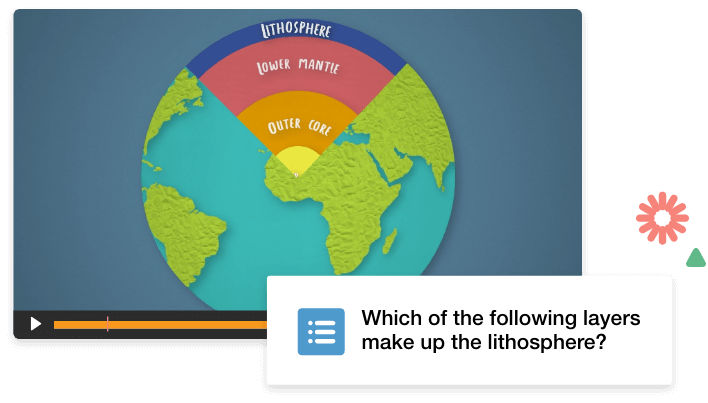Setting measurable goals with your students
Setting goals with your students at the beginning of a lesson, topic or unit of work is vital. Everyone works more effectively when they have goals in place. Establishing goals in the classroom helps set clear expectations around learning outcomes involved. They also communicate to students what they can expect to learn and understand in a particular timeframe.
Why the best goals are SMART goals
As the educator, you need to make sure the goals your students set for themselves are SMART. Otherwise, it can be tricky to track student learning progress or achievement. You can role model this process for your students to help them. You could share a learning goal for the year, or one about a hobby or skill you’re developing.
SMART goals are:
-
S
Specific
Define what you want to achieve with who, why, when, where, and what details.
-
M
Measurable
Articulate how you will know when a goal or progress is achieved.
-
A
Attainable
The best goals require stretch and focus to achieve but shouldn’t be out of reach.
-
R
Realistic
SMART goals should be relevant and meet a need.
-
T
Timely
A goal needs a realistic timeframe with a deadline in place.
Benefits of effective goal setting

Identify different student learning levels
Having students set goals for themselves can help you as the teacher. Use these goals to identify different learning levels and prepare differentiated learning activities and programs tailored specifically for your students.

Set clear expectations
Goal setting helps your students understand what’s expected of them for a particular task or topic and provides specific direction. It can be helpful to provide verbal and written information on expectations for your students, so they something to refer back to.

Keep students focused and engaged
SMART goals with measurable steps along the way help students keep track of their progress and stay focused during a topic or unit of work. Having smaller goals within a goal allow students to tick off and acknowledge the progress they’re making towards their larger goal. You can also support students through this progression by acknowledging their efforts.
SMART goal ideas for teachers
ClickView’s interactive video feature can help you and your students set and work towards SMART goals. Add an interactive layer of questions or problems to any video, have your students complete them, and you’ll receive an analytic summary of their understanding on a topic.
Learn more about interactive videos
5 tips for effective classroom goal setting
-
Prepare in advance
Complete interactive video questions on a topic in advance and use the analytics to help set the goals for a specific lesson.
-
Use analytics
Share ClickView interactive analytics with students electronically or via a 1:1 conversation to reflect on their progress towards goals.
-
Grab attention
Play a small clip to hook students when introducing a new topic or learning area and preparing to set goals.
-
Summarise progress
Students can use the annotation tool for interactive video to summarise their goals, progress and achievement.
-
Access resources
You can use the suggested lesson plans and other ClickView educational resources to help your class set their goals.
